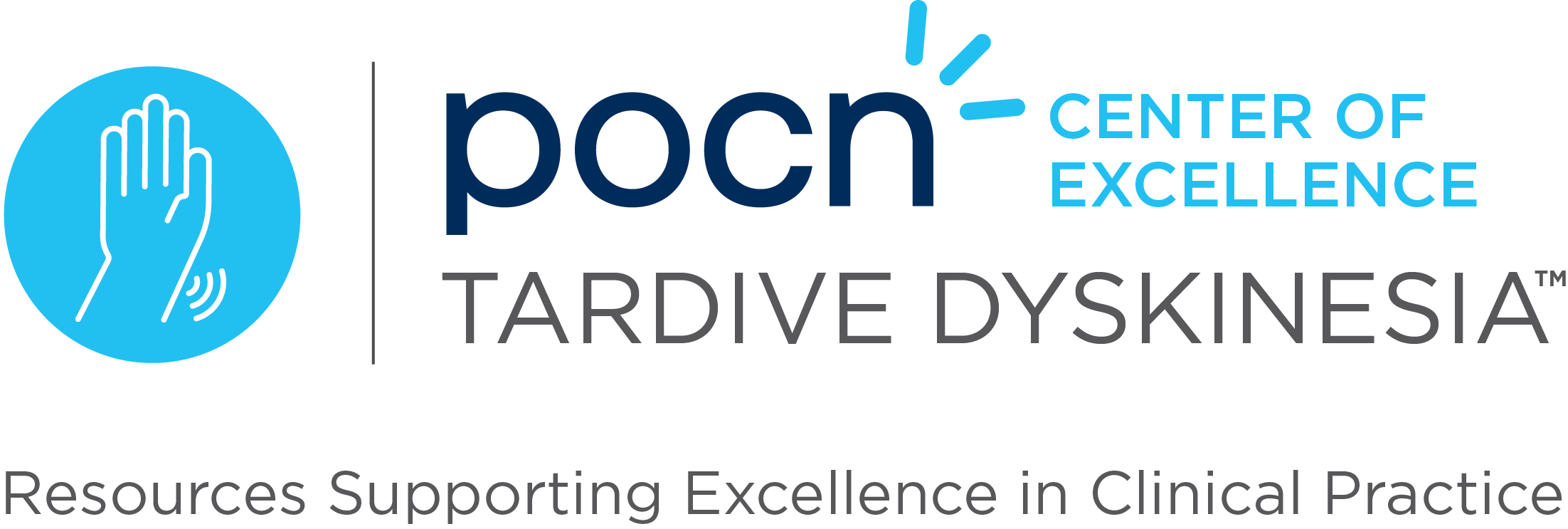This article offers a detailed exploration of drug-induced movement disorders, which are often overlooked and underdiagnosed in clinical settings due to various factors such as genetics, environment, and aging. Commonly used classification systems like the Diagnostic and Statistical Manual of Mental Disorders and International Statistical Classification of Diseases and Related Health Problems help categorize these disorders, covering a wide range including myoclonus, drug-induced parkinsonism, and tardive dyskinesias, with antiseizure medications and antipsychotics as primary culprits.
Additionally, the article delves into drug-induced tremors’ pathophysiology, highlighting medications causing tremors and their mechanisms of action. It underscores the importance of distinguishing drug-induced tremors from other medical causes, providing criteria for identification. Tardive dyskinesia, a prevalent disorder linked to long-term exposure to high-dose antipsychotics, is discussed along with risk factors, management strategies, and challenges in differentiation from other movement disorders. This comprehensive review underscores the need for heightened awareness and tailored management in clinical practice.
Reference: Rissardo JP, Vora N, Mathew B, Kashyap V, Muhammad S, Fornari Caprara AL. Overview of Movement Disorders Secondary to Drugs. Clin Pract. 2023;13(4):959-976. doi: 10.3390/clinpract13040087.



